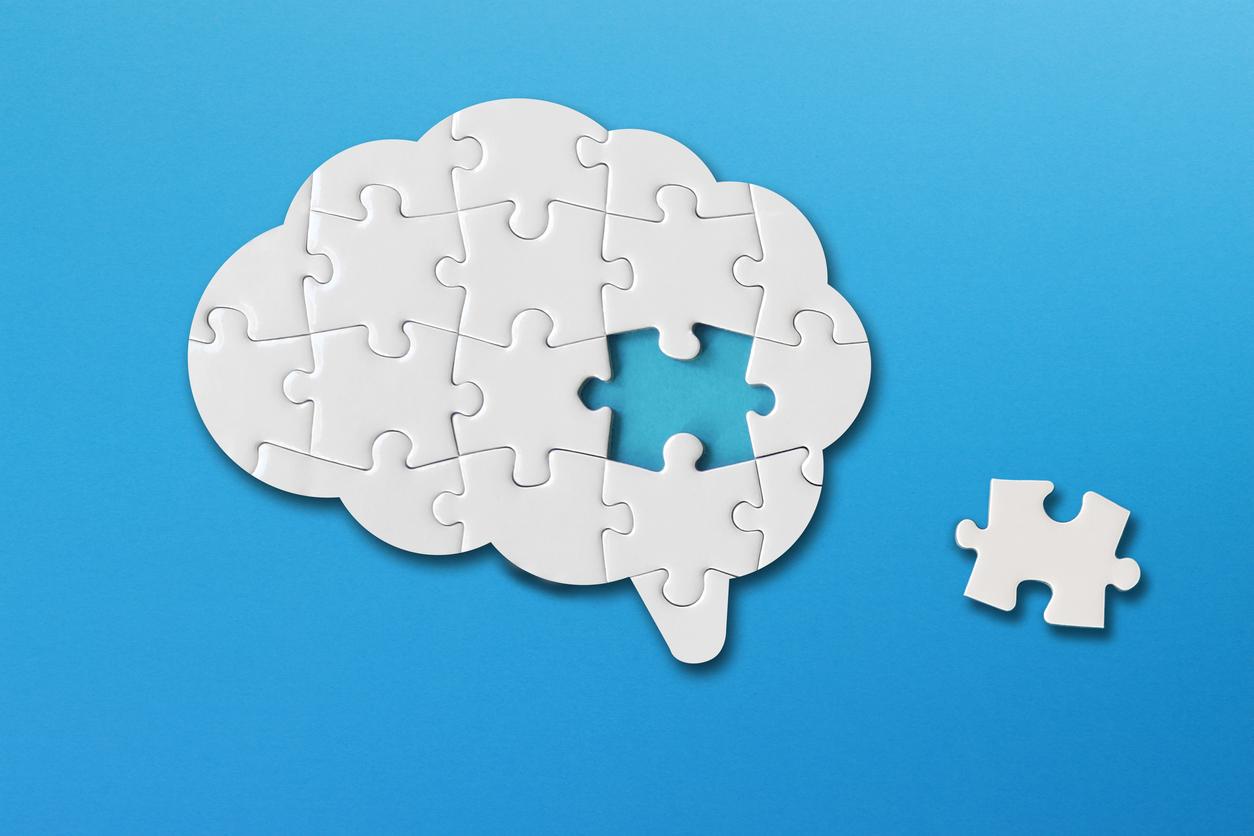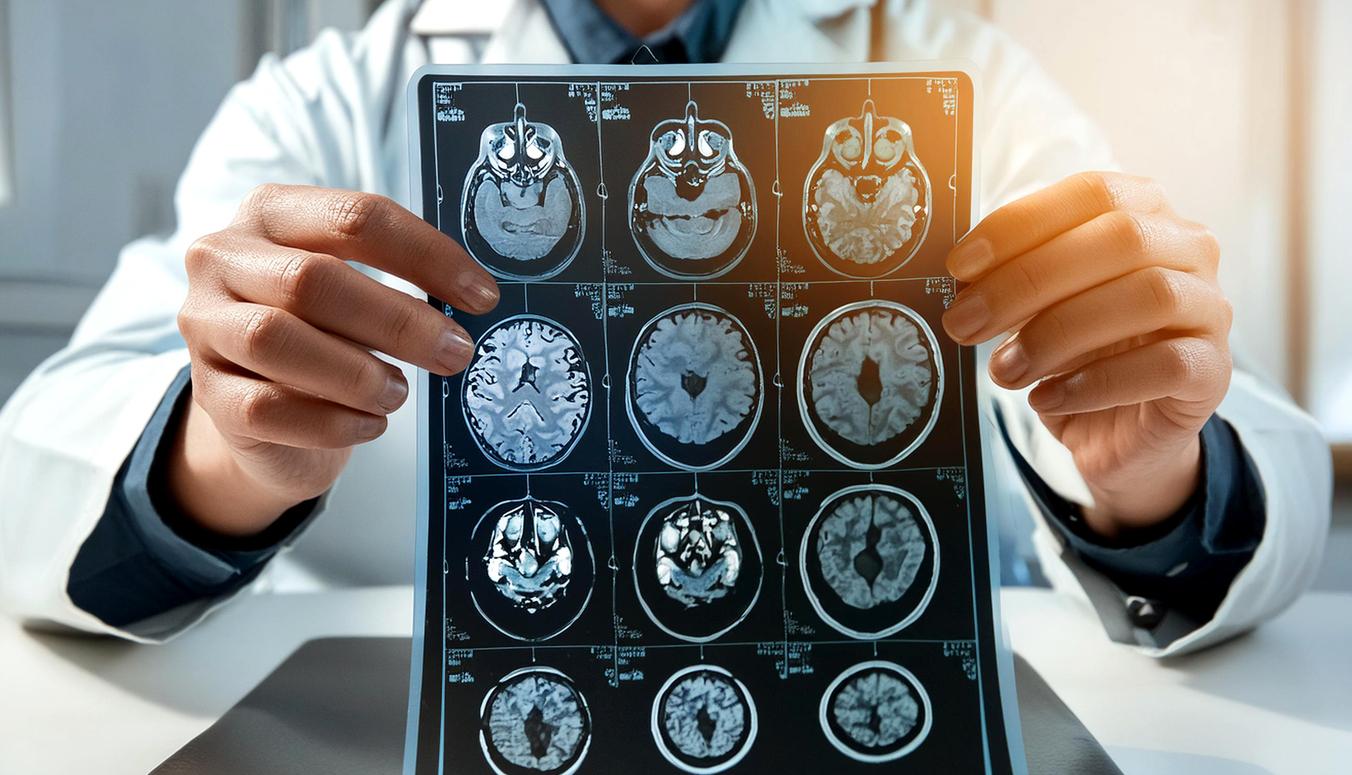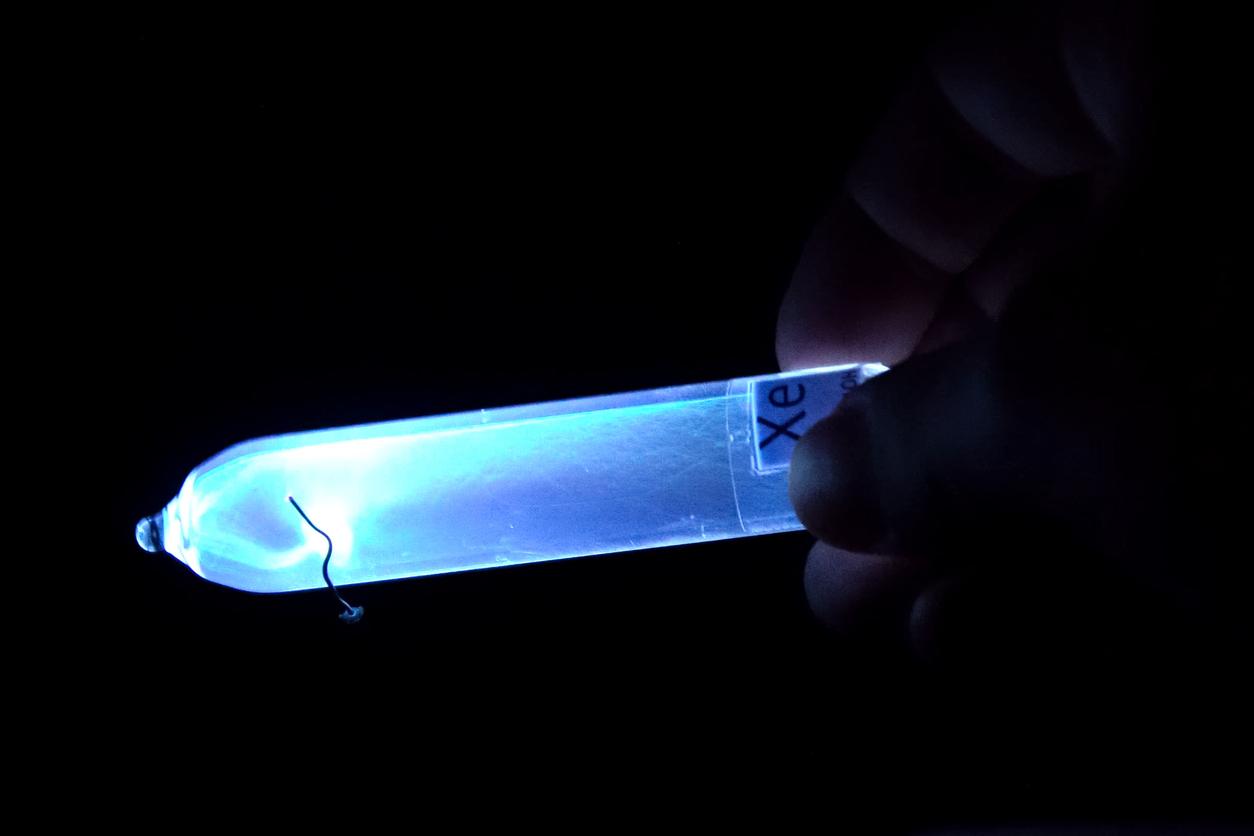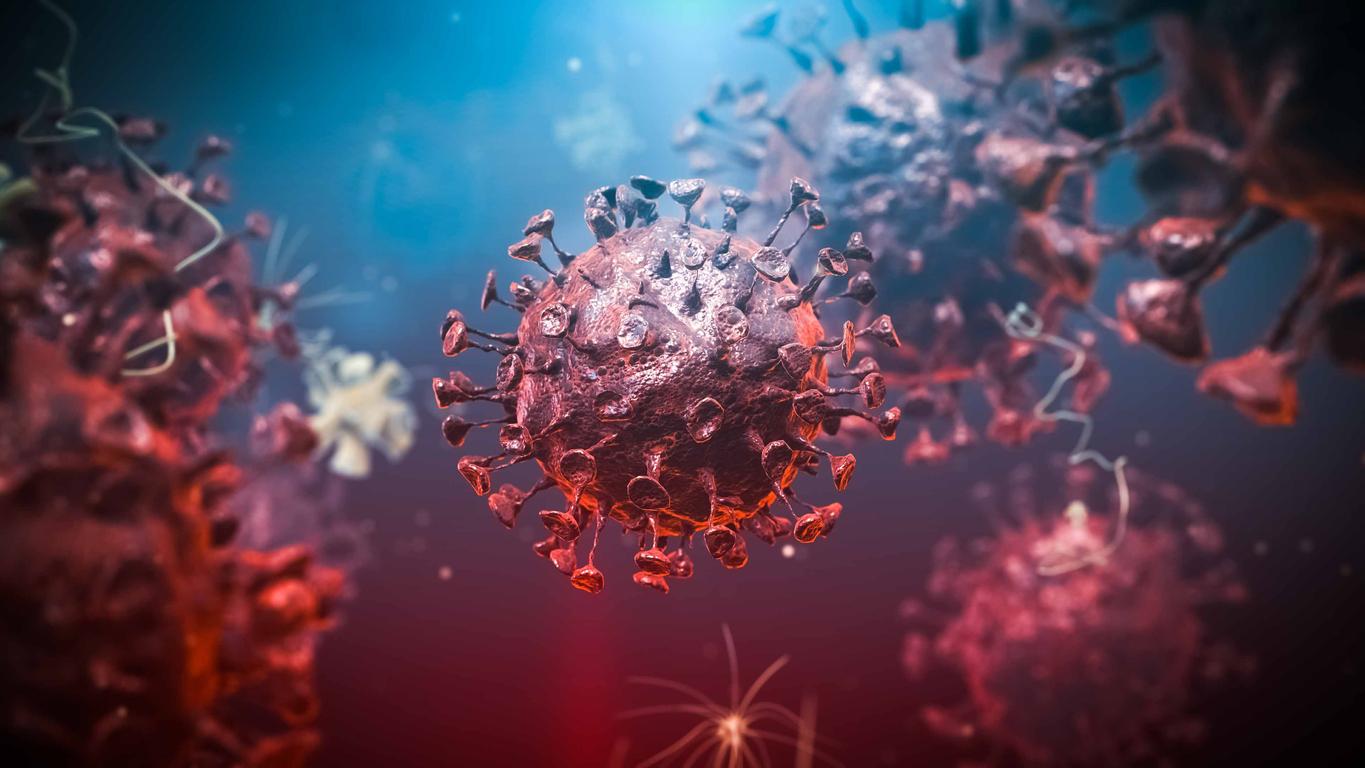Using nanoparticles, a team of researchers has discovered how to better deliver drugs against multiple sclerosis, Parkinson’s and Alzheimer’s. Diseases that were difficult to treat until now because of the blood-brain barrier that surrounds and protects the brain.
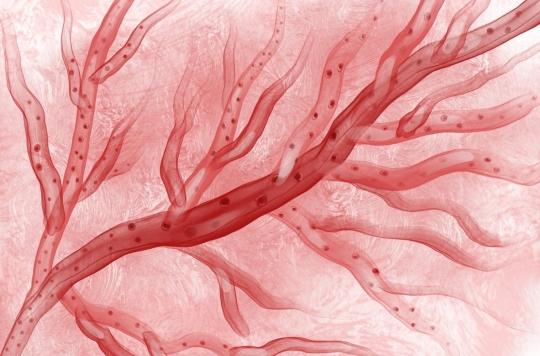
- Treatments for multiple sclerosis, Parkinson’s disease, Alzheimer’s disease or even epilepsy are not always as effective as desired because of their difficulty in passing the blood-brain barrier which surrounds the brain.
- Researchers have found a way to overcome this barrier using nanoparticles.
- These nanoparticles circulate through the large cerebral vessels to reach the brain.
Multiple sclerosis, Parkinson’s disease, Alzheimer’s disease or even epilepsy all have in common that they are diseases of the central nervous system, where information is processed and from which motor commands to the rest originate. of our organism. These diseases also have in common that they are difficult to treat because of the blood-brain barrier that surrounds and protects the brain. The neuroprotective compounds then struggle to reach their target and therefore to be effective.
By conducting their study on live mice, including awake mice, a team of researchers from the University of Copenhagen may have found a way to bypass the impermeable walls of the blood-brain barrier to allow drug delivery. to the brain.
In Kind Communicationthey explain that they have studied nanoparticle artificial vesicles called liposomes to transport drugs to the brain.
“Before this study, the community had no idea what was going on in the blood-brain barrier of the living brain, and why some nanoparticles crossed and others did not. In this respect, the blood-brain barrier was a ‘ black box” where the events between the administration of the drug and its detection in the brain remained obscure. It was even questioned whether the entry of the nanoparticles into the brain was possible. With our article, we now provide direct evidence of the entry of nanoparticles into the brain and describe why, when and where this occurs”says assistant professor Krzysztof Kucharz, from the Department of Neuroscience.
Administer through the great vessels rather than the capillaries
Using two-photon imaging, the researchers began by deconstructing the blood-brain barrier to understand how drug-carrying nanoparticles can cross it. “We monitored nanoparticle entry into the brain at every step of the process, providing valuable insights for future drug design. Specifically, we show which vascular segments are most effective to target with nanoparticles to enable their entry into the brainexplains Krzysztof Kucharz.
The researchers thus succeeded in obtaining a complete picture of the course of the nanoparticles through the blood-brain barrier. By labeling the particles with fluorescent molecules, they were able to observe how the nanoparticles travel through the bloodstream, how they associate over time with the endothelium (the layer of epithelial cells that lines the inside of the heart’s walls and vessels).
Importantly, the researchers were able to see that brain vessels process nanoparticles differently, allowing or denying nanoparticle access to brain tissue depending on the type of vessel. For example, it is easier for nanoparticles to enter the brain at the level of large vessels than at the level of small capillary vessels, as previously thought.
“Our results challenge the conventional wisdom that capillaries are the primary transport site for nanoparticles to the brain. Venules should instead be targeted for effective delivery of nanoparticles to the brain.”concludes Krzysztof Kucharz.
.







